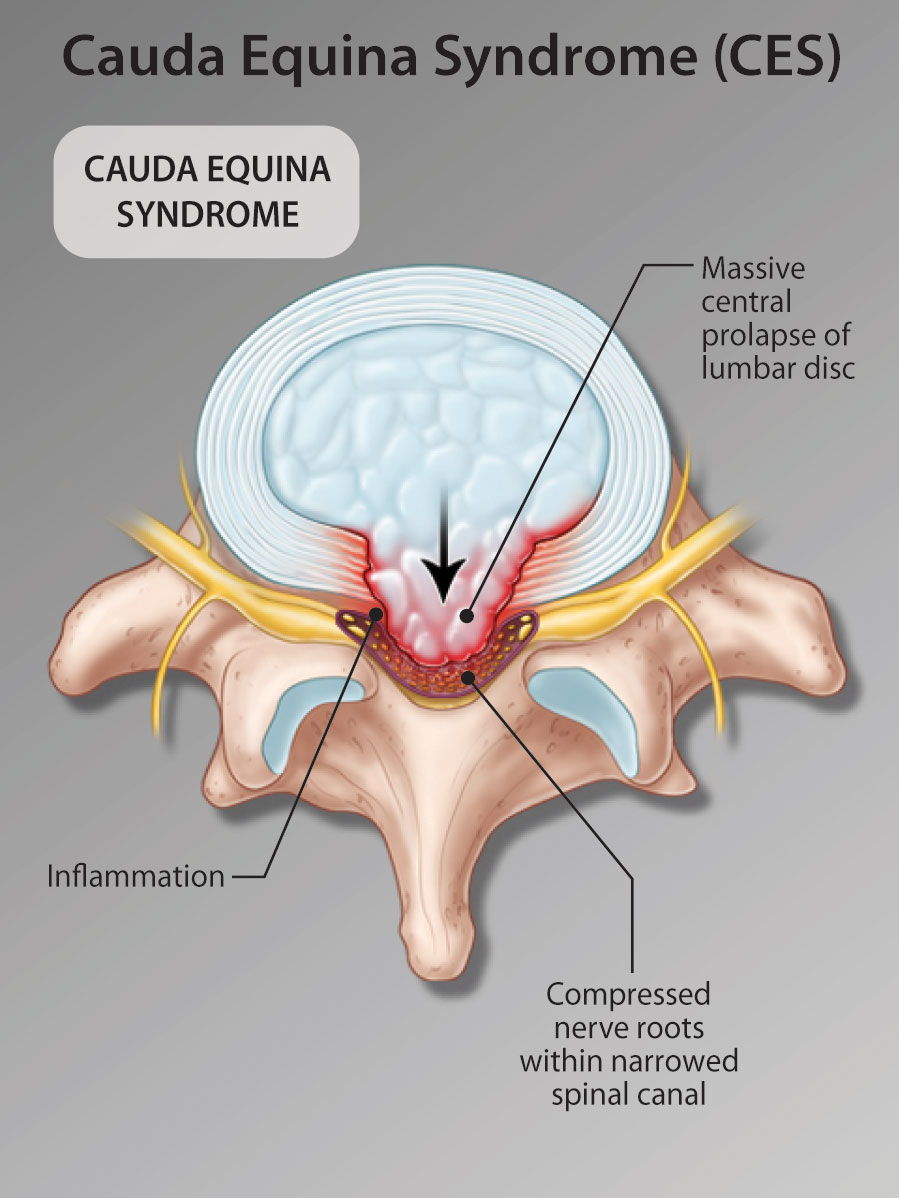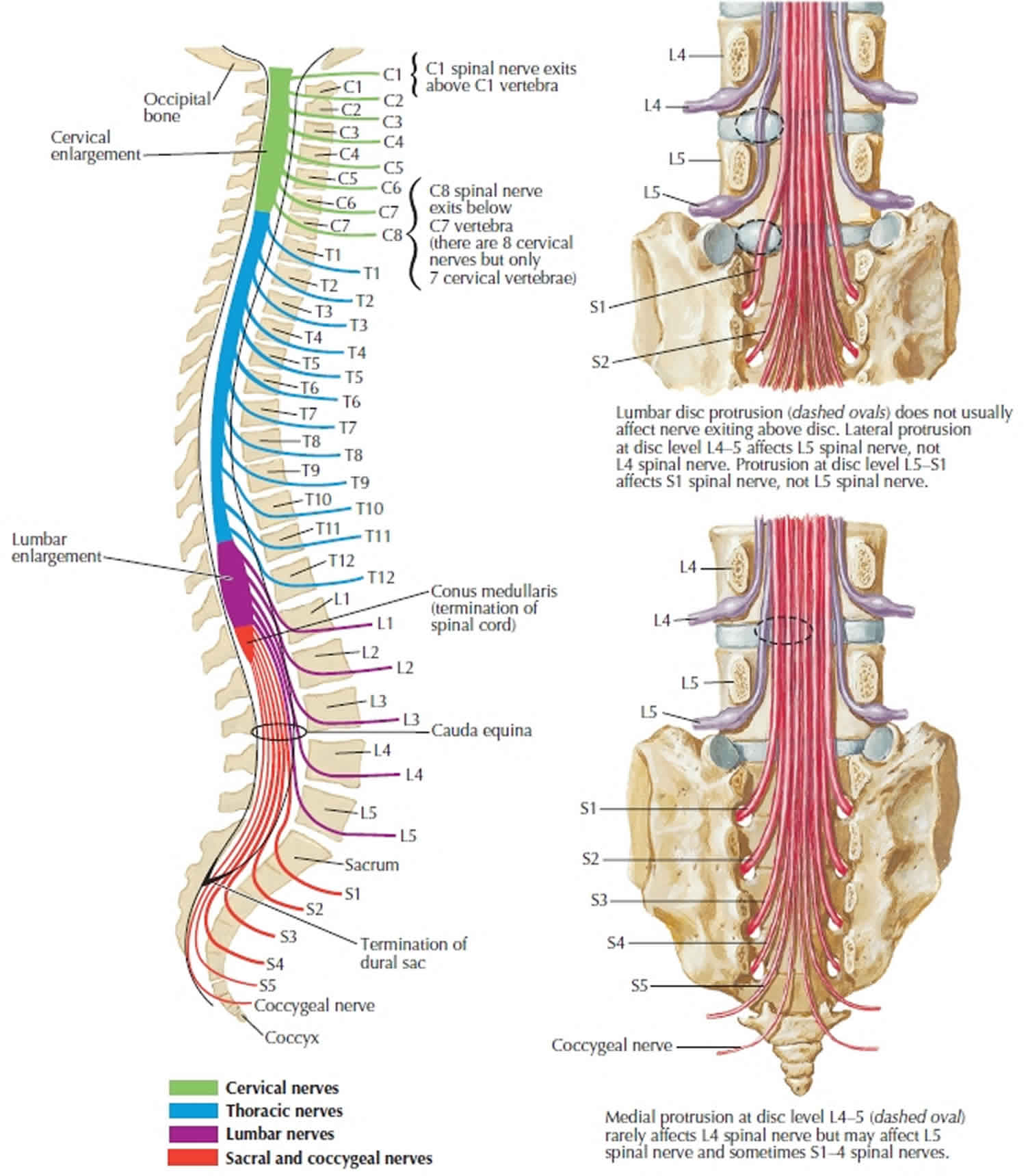Makindo Medical Notes"One small step for man, one large step for Makindo" |
|
|---|---|
| Download all this content in the Apps now Android App and Apple iPhone/Pad App | |
| MEDICAL DISCLAIMER: The contents are under continuing development and improvements and despite all efforts may contain errors of omission or fact. This is not to be used for the assessment, diagnosis, or management of patients. It should not be regarded as medical advice by healthcare workers or laypeople. It is for educational purposes only. Please adhere to your local protocols. Use the BNF for drug information. If you are unwell please seek urgent healthcare advice. If you do not accept this then please do not use the website. Makindo Ltd. |
Cauda equina
-
| About | Anaesthetics and Critical Care | Anatomy | Biochemistry | Cardiology | Clinical Cases | CompSci | Crib | Dermatology | Differentials | Drugs | ENT | Electrocardiogram | Embryology | Emergency Medicine | Endocrinology | Ethics | Foundation Doctors | Gastroenterology | General Information | General Practice | Genetics | Geriatric Medicine | Guidelines | Haematology | Hepatology | Immunology | Infectious Diseases | Infographic | Investigations | Lists | Microbiology | Miscellaneous | Nephrology | Neuroanatomy | Neurology | Nutrition | OSCE | Obstetrics Gynaecology | Oncology | Ophthalmology | Oral Medicine and Dentistry | Paediatrics | Palliative | Pathology | Pharmacology | Physiology | Procedures | Psychiatry | Radiology | Respiratory | Resuscitation | Rheumatology | Statistics and Research | Stroke | Surgery | Toxicology | Trauma and Orthopaedics | Twitter | Urology
Overview
The cauda equina is a bundle of spinal nerves and spinal nerve rootlets, consisting of the second through fifth lumbar nerve pairs, the first through fifth sacral nerve pairs, and the coccygeal nerve. These nerves originate from the conus medullaris, the tapered, lower end of the spinal cord, and extend down within the vertebral column, resembling a horse's tail, which is how it gets its name ("cauda equina" is Latin for "horse's tail").
Anatomy of the Cauda Equina
The cauda equina is located in the lumbar cistern, the space filled with cerebrospinal fluid (CSF) within the dural sac. This structure is formed because the spinal cord itself ends at the level of the first or second lumbar vertebra (L1-L2) in adults, but the spinal nerves must continue downward to reach their exit points at the appropriate vertebrae.

- Spinal Cord Termination: The spinal cord terminates at the conus medullaris, around the level of L1-L2.
- Nerve Roots: The cauda equina consists of the lumbar, sacral, and coccygeal nerve roots that descend to their respective foramina.
- Function: These nerves are responsible for motor and sensory functions of the lower limbs, bladder, bowel, and sexual organs.

Functions of the Cauda Equina
The cauda equina nerves have several critical functions, including:
- Motor Function: Innervating the muscles of the lower legs, feet, and pelvic floor, enabling movement and control of these areas.
- Sensory Function: Providing sensation to the skin of the legs, buttocks, and perineum.
- Autonomic Function: Controlling bladder and bowel function as well as sexual function.
Clinical Significance: Cauda Equina Syndrome
Cauda equina syndrome (CES) is a serious neurological condition that occurs when the nerve roots of the cauda equina are compressed. This is a medical emergency, as it can lead to permanent loss of function in the areas that these nerves supply if not treated promptly.
- Causes: CES can be caused by herniated discs, spinal stenosis, tumours, infections, trauma, or post-surgical complications.
- Symptoms:
- Severe lower back pain
- Sciatica (pain radiating down the legs)
- Weakness or numbness in the lower extremities
- Loss of sensation in the "saddle" area (the area of the body that would come into contact with a saddle)
- Bladder and bowel dysfunction (e.g., incontinence or retention)
- Sexual dysfunction
- Diagnosis: CES is diagnosed through clinical evaluation, imaging studies (MRI or CT scan), and sometimes, emergency surgery is required to relieve the pressure on the nerves.
- Treatment: Urgent surgical decompression is often necessary to prevent permanent damage. Early diagnosis and treatment are crucial for the best possible outcome.
Summary
The cauda equina is a vital structure composed of spinal nerve roots that play a crucial role in lower limb movement, sensation, and autonomic functions. Cauda equina syndrome is a medical emergency that requires prompt diagnosis and treatment to prevent irreversible damage. Understanding the anatomy and clinical significance of the cauda equina is essential for recognizing and managing conditions that affect this area.